Morocco remains North Africa’s portal to wonderland—a realm where old traditions blend harmoniously with modern living. From snow-capped Atlas Mountains to sun-kissed Sahara dunes, the nation offers an unbelievable mosaic of adventure that engages every sense.
The magical kingdom remains one of the world’s most distinctive holiday spots, captivating travelers with its multifaceted culture and breathtaking beauty. Below is the compilation of 15 amazing features that make Morocco a dream holiday destination for travelers seeking authentic experiences
Blue City of Chefchaouen

Chefchaouen’s blue-washed buildings are one of Morocco’s top photographed attractions. Walls, doors, and staircases of every hue of cobalt and azure cover the town, transforming an ordinary hillside town into a masterpiece. There are various explanations for the blue tradition according to local myths—some attribute it to repelling mosquitoes, others to symbolizing heaven and the sky.
Walking through these blue-painted streets is akin to entering another universe where color therapy happens naturally with every step.
Ancient Medinas
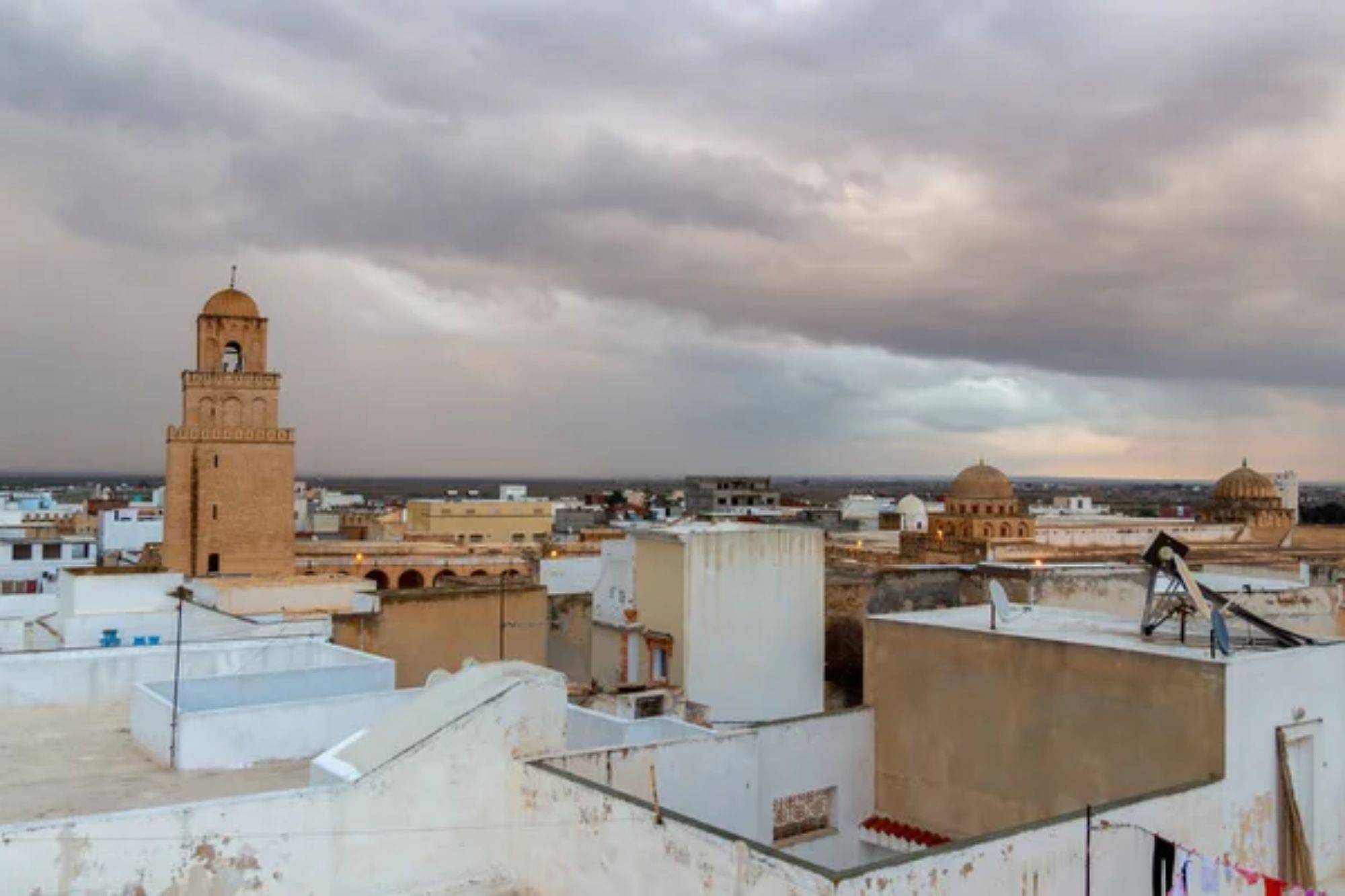
Morocco’s ancient walled cities are full of labyrinths of narrow alleys that have remained untouched for centuries. Fez’s 9th-century-old medina comprises nearly 10,000 too-narrow streets for cars, creating one of the world’s biggest car-free urban areas.
Shopkeepers greet warmly and craftsmen hammer copper, carve wood, and stitch leather with methods passed down from generation to generation. Each medina is different, from the intellectual atmosphere of Fez to the coastal personality of Essaouira.
Desert Nights
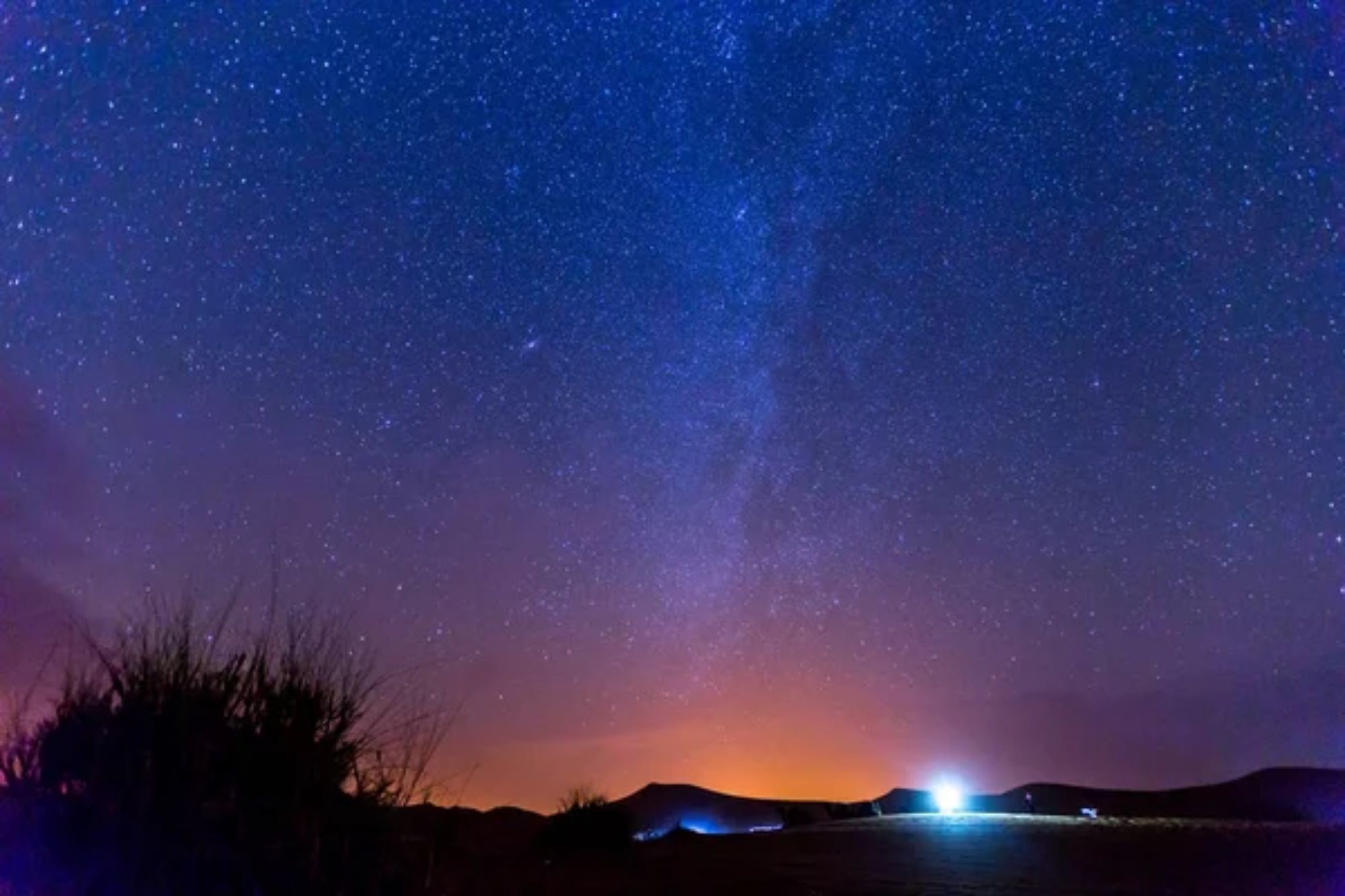
A night spent among the massive dunes of the Sahara is one of Morocco’s most magical experiences. The sand glows golden at sunset before it changes to silver in the moonlight, creating an otherworldly landscape nowhere else to be seen.
Local Berber guides prepare feasts in subterranean ovens and play folk music around campfires, the plaintive melodies carrying across still dunes. The absence of light pollution coaxes star displays so dazzling that the majority of visitors report feeling essentially connected to the universe.
Like Travel Pug’s content? Follow us on MSN.
Mint Tea Ritual
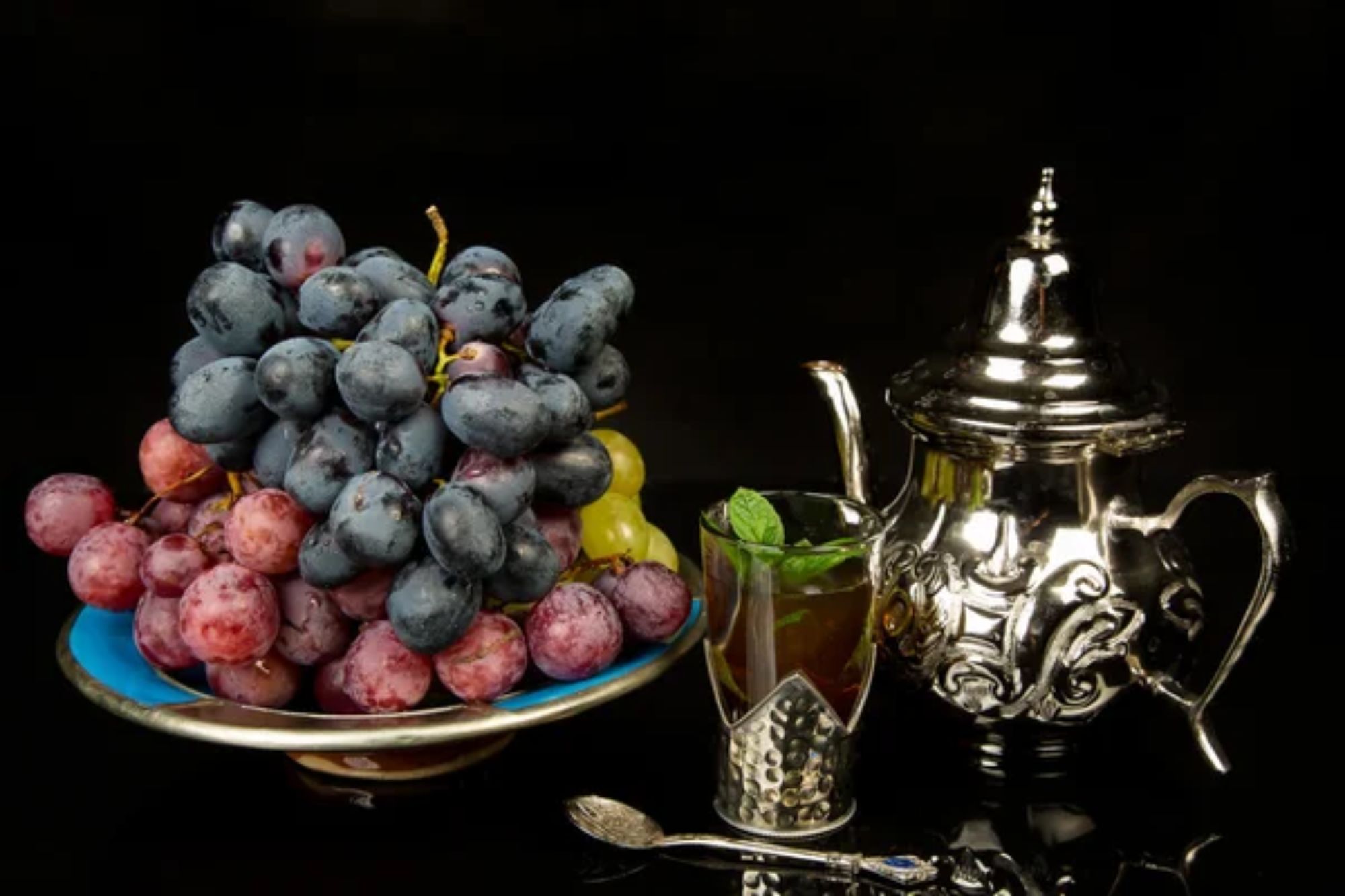
The ceremony serving of mint tea is the cornerstone of Moroccan hospitality and pops up at every social occasion. Hosts pour fragrant, sweet liquid from decorative silver teapots held high over diminutive glasses with a typical tinkling sound and oxygenating the tea.
Preparation involves a specific ritual—tea leaves washing, adding fresh mint and sugar, and serving three glasses traditionally named ‘gentle as life, strong as love, and bitter as death.’ Participating in this ancient tradition provides an insight into Moroccan hospitality and social values.
Tagine Traditions
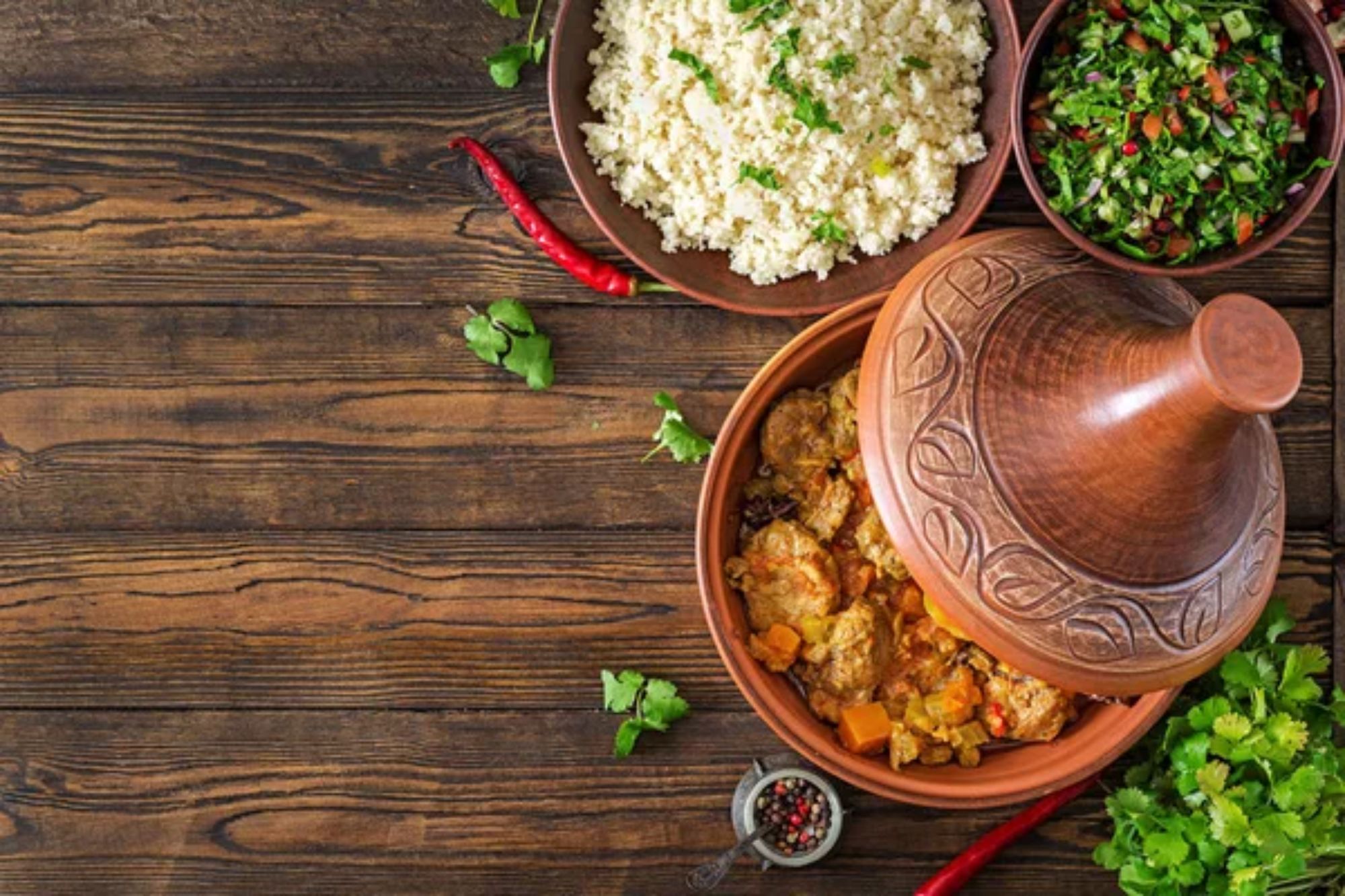
Morocco’s fabled conical clay cooking pots produce slow-cooked stews that are the height of North African cuisine. Each region boasts its own favorite combinations—apricots and lamb in Marrakech, fish and preserved lemon along the coast, or rich prune and beef variations in the mountains.
The ingenious construction of the tagine allows drips of moisture to condense and return to the food, resulting in tender food cooked with little water—a wonderful adaptation to desert living. Taking a cooking class to learn these scented pairings is an investment that will send you back to Morocco from your own kitchen.
Call to Prayer
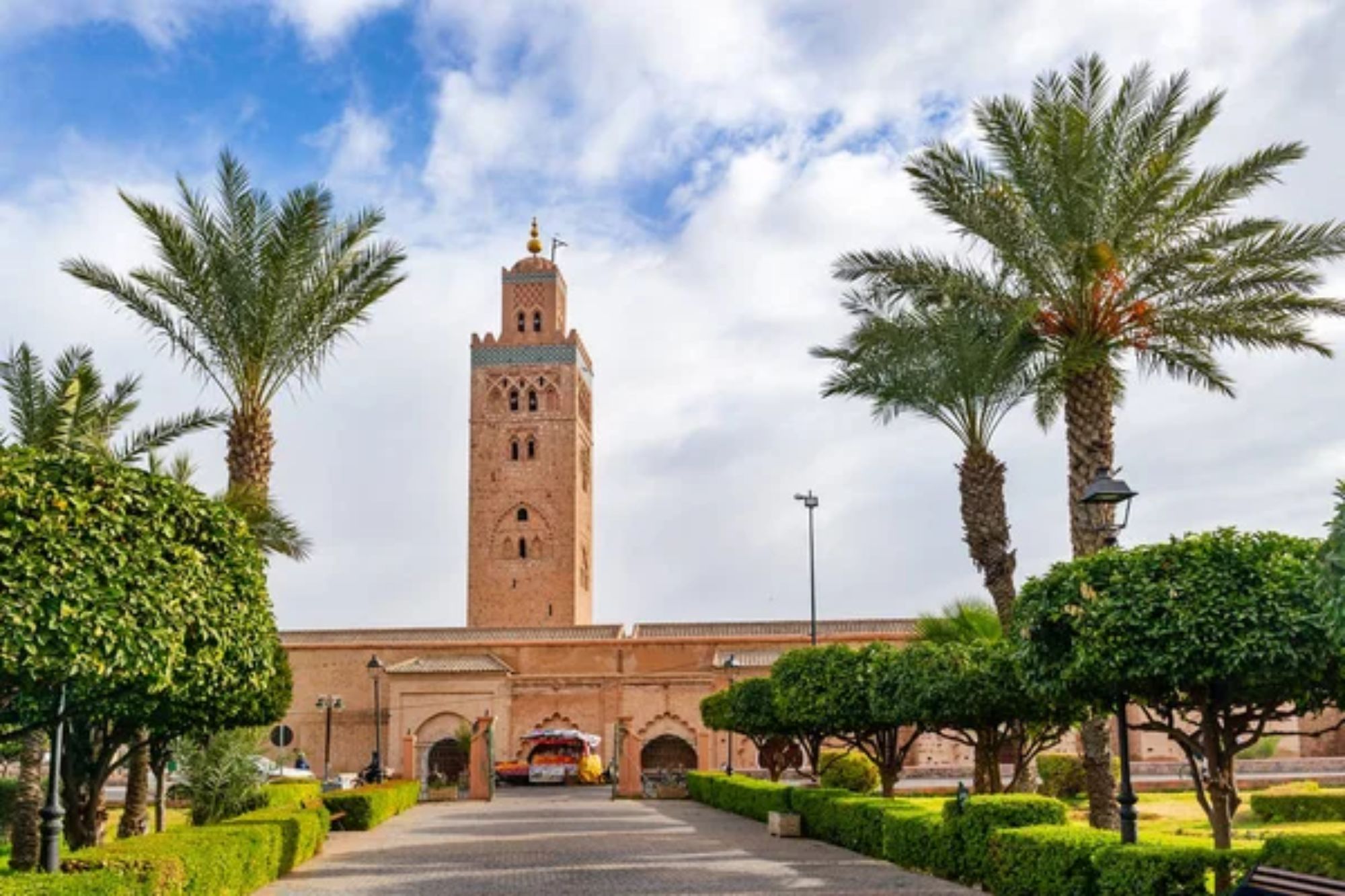
Five times daily, the musical adhan (call to prayer) wafts through Moroccan cities and towns, offering an unearthly sound that punctuates the rhythm of everyday life. The muezzins’ voices boom out from minarets, waves of crossing sound as calls boom from mosque to mosque over cityscapes.
For visitors, the eerie din becomes the most glaring reminder of an alternate cultural setting, even when heard from roof patios or hotel windows. The calls also provide natural breaks in the day, moments of climatic change when the usual bustle temporarily subsides.
Like Travel Pug’s content? Follow us on MSN.
Colorful Markets

The Moroccan souks bombard the senses with their rainbow splash of tradition and artisanship. Spice merchants pile their wares in pristine pyramids of ochre, crimson, and amber, and carpet sellers unfurl endless quantities of hand-tied riches in dizzying patterns.
The bazaar orchestras include merchants’ shouts, constant haggling, and the buzz of thousands of transactions all at once. Each specialized quarter—the metalworkers, the woodcarvers, the leatherworkers—testifies to craft traditions that have sustained Moroccan families for generations.
Atlas Mountains
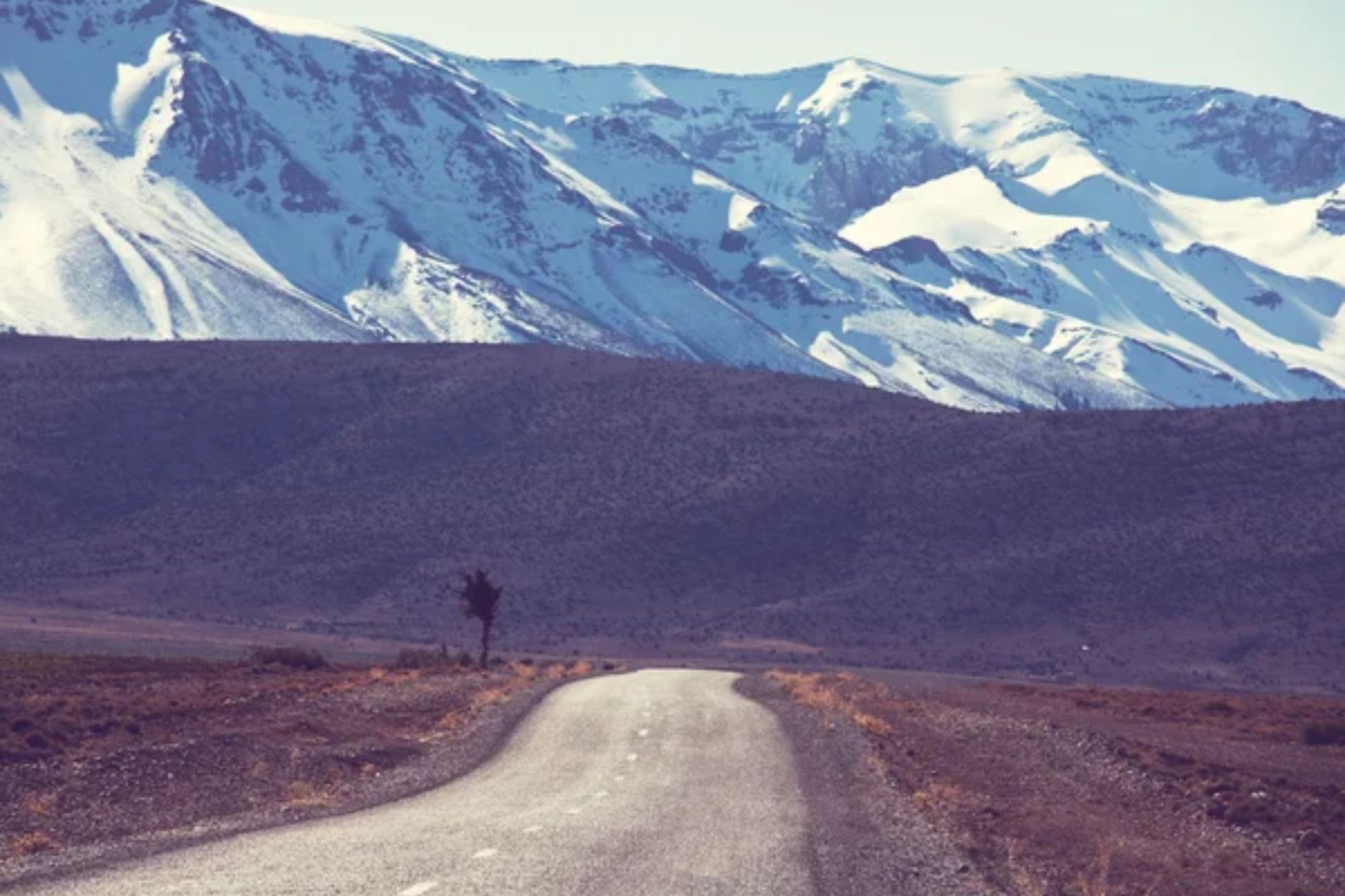
The towering Atlas mountains are a majestic backbone across Morocco, with snowy summits towering nearly 14,000 feet. Old Berber villages adhere to the hillside, their adobe structures blurring into the horizon.
Mountain trails wind through walnut groves, cherry orchards, and by shepherds driving flocks as they have for millennia. The extreme temperature changes from arid valleys to snow-crowned heights create microclimates that support unexpectedly diverse environments in close proximity.
Hammam Experience
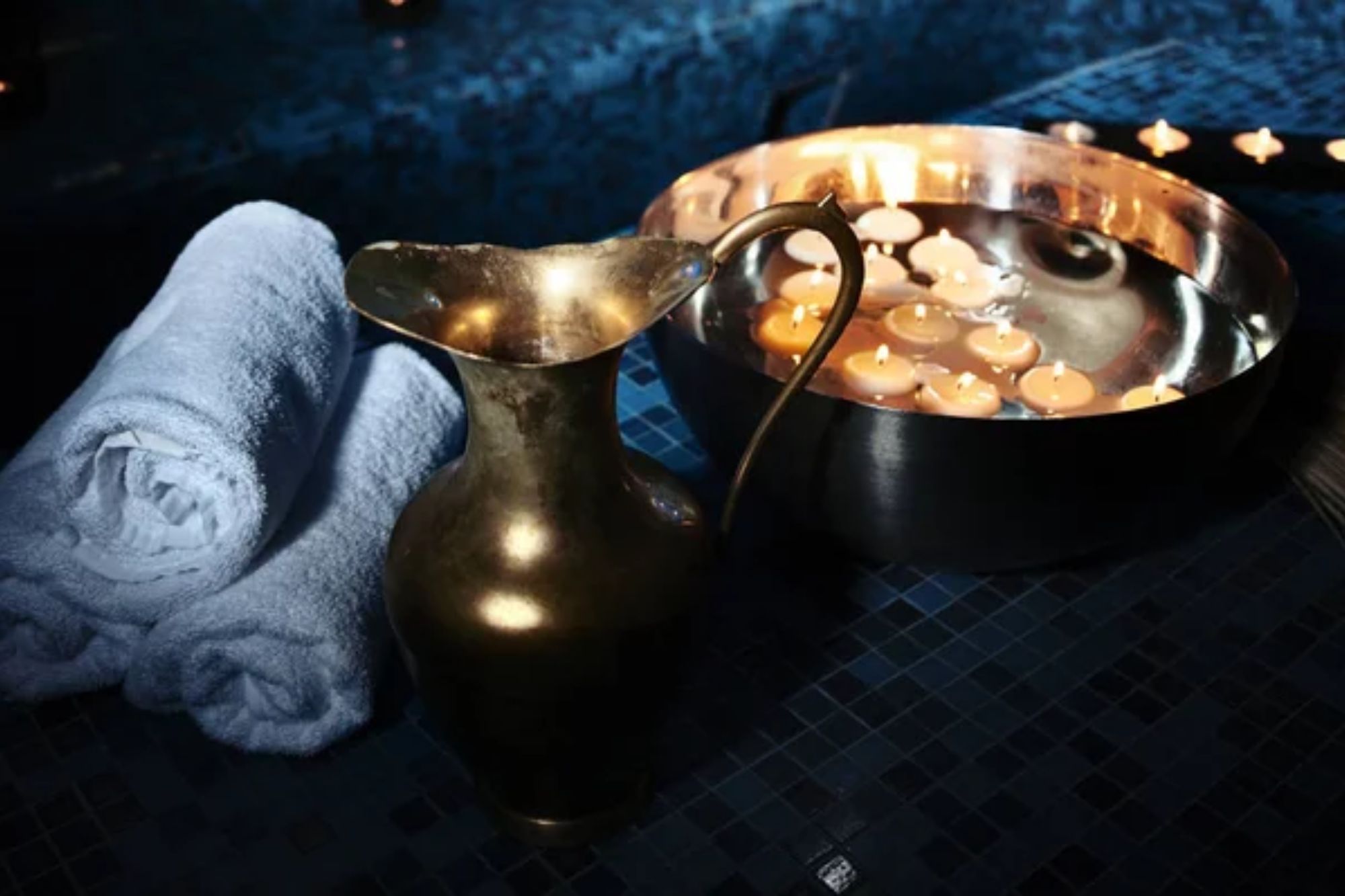
The traditional Moroccan bath houses do more than purify—they’re an experience of cultural immersion through a purification ceremony of steam, scent, and social connection. Attendants scour guests with black soap made out of olive oil and eucalyptus before covering faces with rhassoul clay masks extracted from the Atlas Mountains.
Hammam experience removes the metaphoric and real barriers, serving up an actual Moroccan experience of communal wellness. Steamy saloons echo with laughter and conversation, following a centuries-old tradition of socializing that back to ancient Rome.
Like Travel Pug’s content? Follow us on MSN.
Palace Architecture
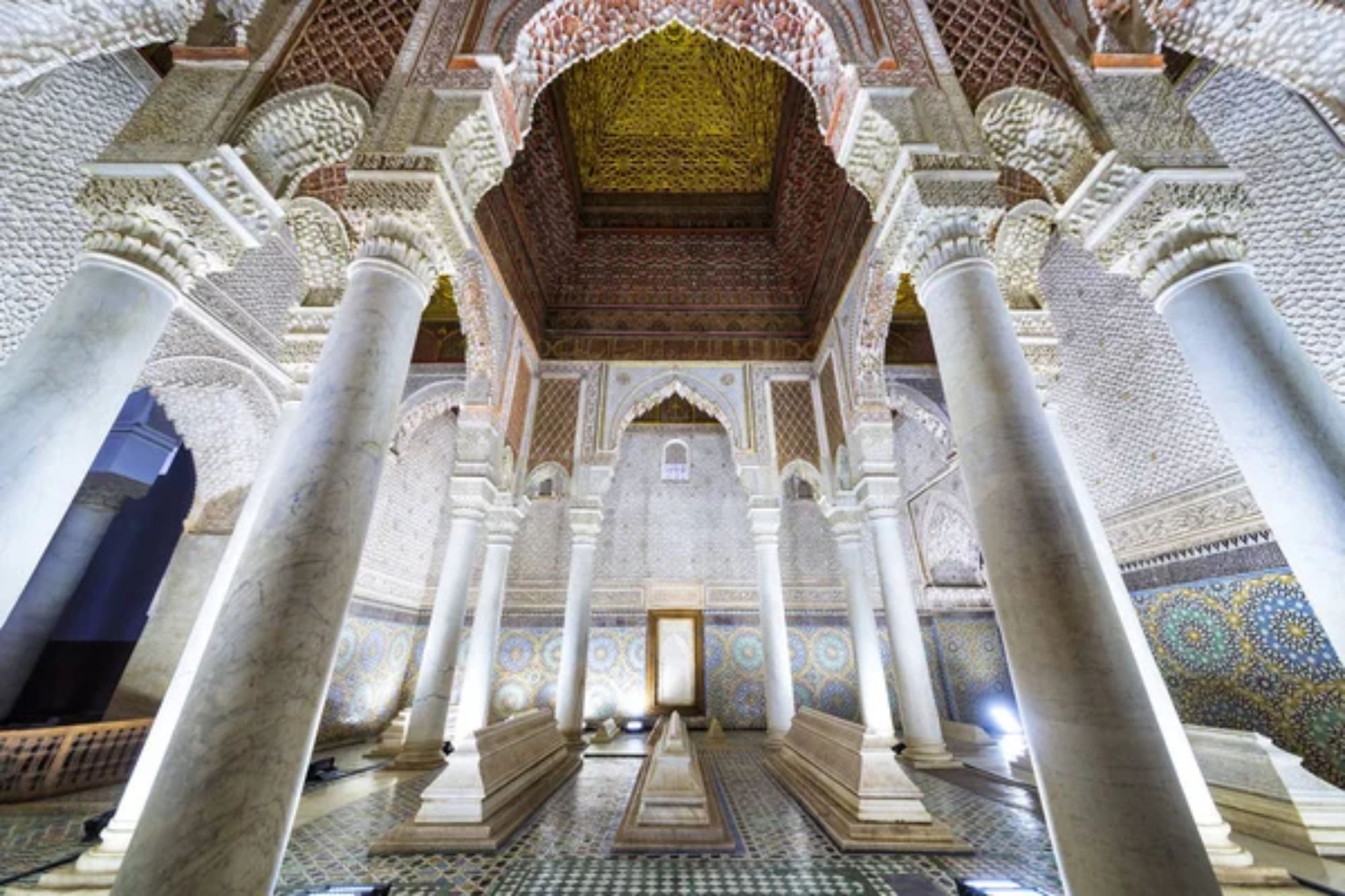
Moroccan palaces show breathtaking craftsmanship in elaborate zellige tile mosaics, hand-carved cedar ceilings, and stucco so delicate that it looks like lace. Marrakech’s Bahia Palace shows rooms adorned by 900 artisans who worked day and night for fourteen years, crafting spaces that look to be above the limitations of materials employed.
Geometric patterns stream uninterrupted from walls to floors to ceilings, demonstrating Islamic aesthetic principles that find limitless variety in mathematical shapes. These buildings continue to inspire world design, from luxury hotels to contemporary homes.
Coastal Essaouira
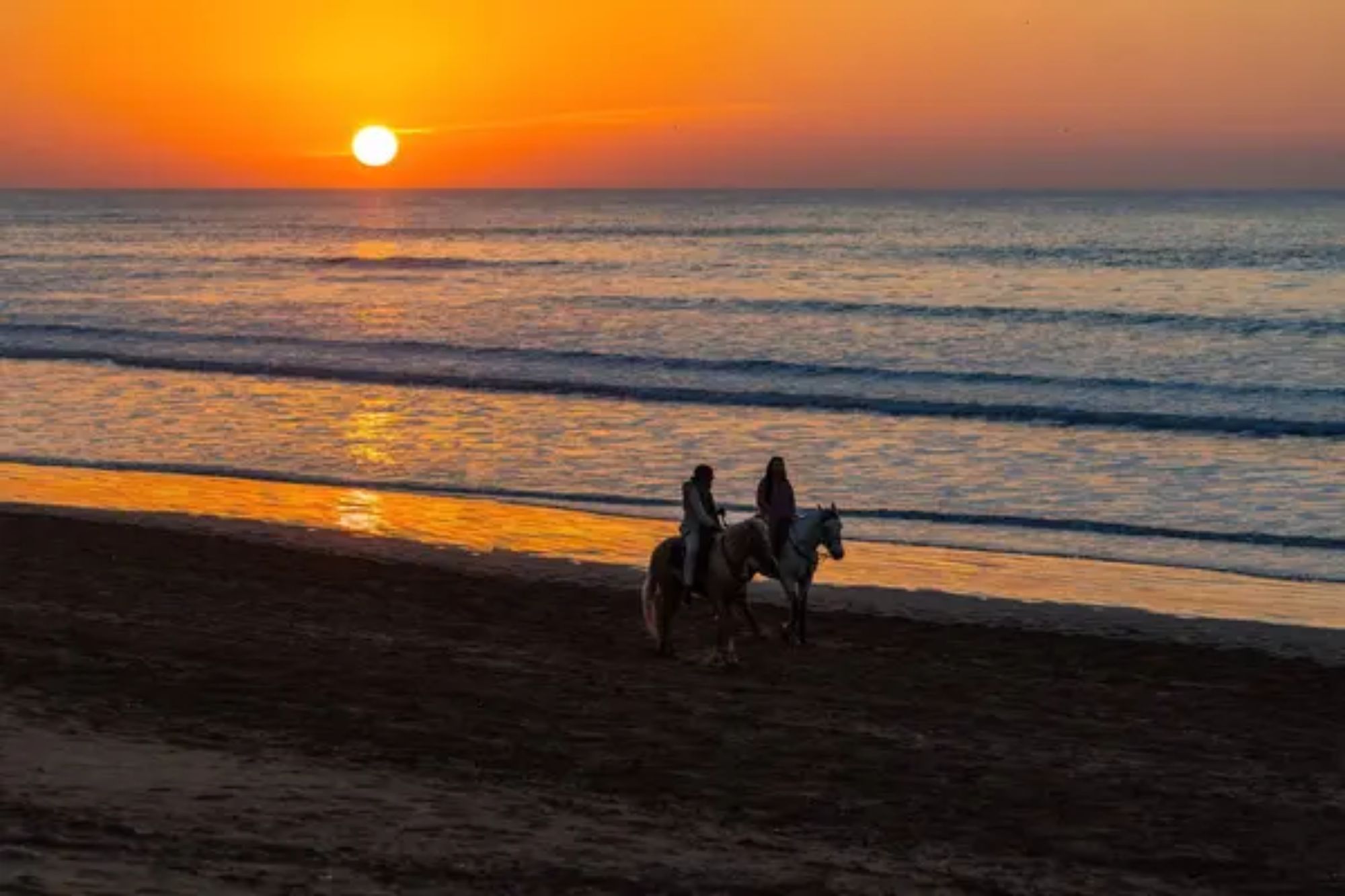
Essaouira’s walled fishing harbor offers a wind-blown relief from the interior of Morocco, its Portuguese ramparts looking out to the pounding Atlantic. Blue wood boats occupy the harbor every morning as fishermen come in and unload their daily catch directly into seafood stalls cooking the day’s catch.
There is a consistent sea breeze welcoming windsurfers and kitesurfers and natural air conditioning that makes this coastal gem a popular refuge from summer heat. Jimi Hendrix and Cat Stevens found their inspiration here in this hippie artist colony in the 1960s, which became a long history of musicians and artists.
Desert Music
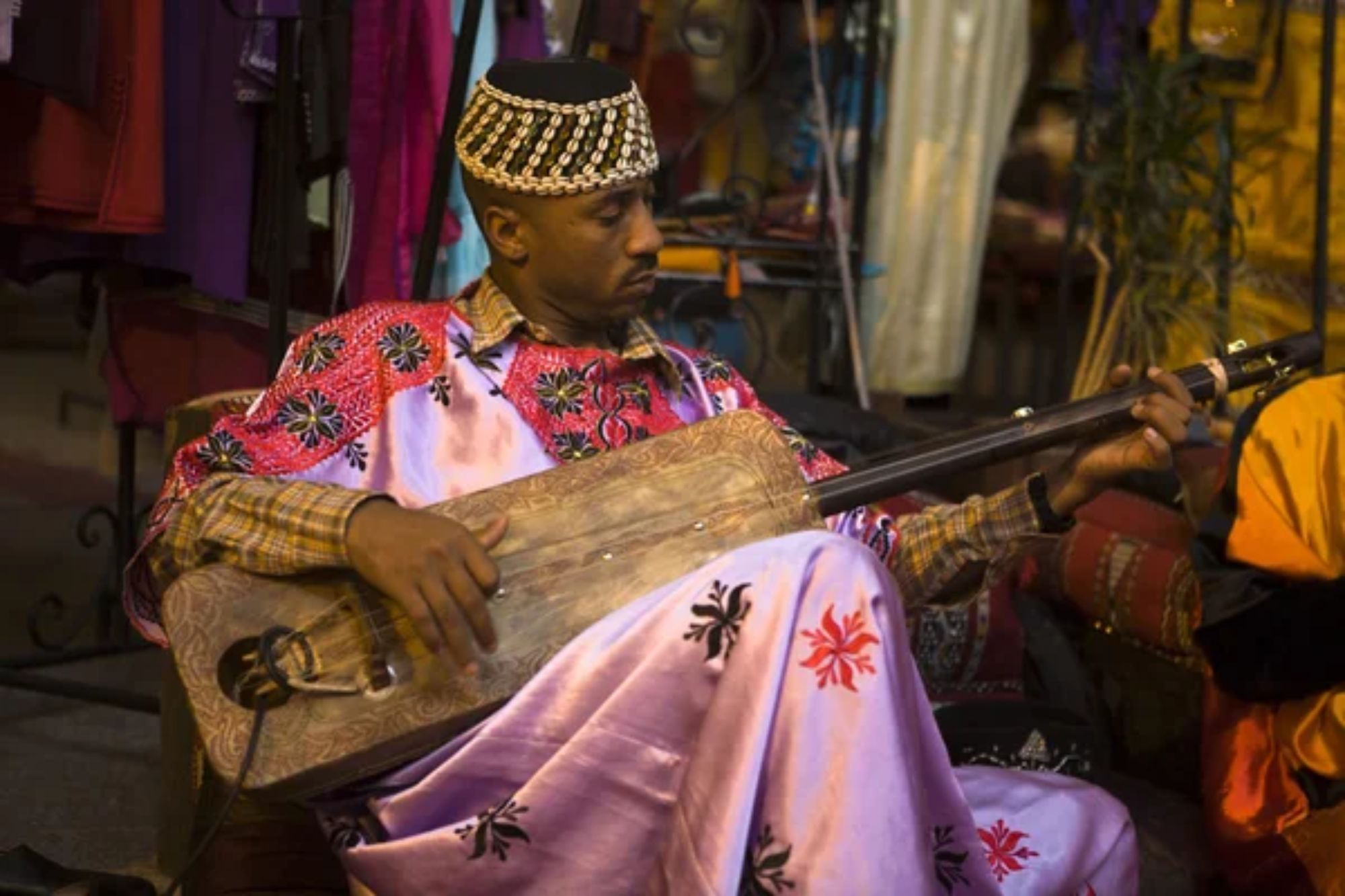
Gnawa music combines sub-Saharan African rhythms and Islamic spiritual lyrics to create Morocco’s most distinctive musical heritage. Introduced by enslaved West Africans, the hypnotic rhythms use sintir bass instruments and metal castanets, creating trance-inducing performances.
Every year, global audiences are drawn to music festivals with the colorful mix of color, sound, and movement that characterize them. The desert region is also where modern fusion musicians blend ancient desert music with international influences, creating new sounds based firmly on the far-off past.
Like Travel Pug’s content? Follow us on MSN.
Argan Treasures
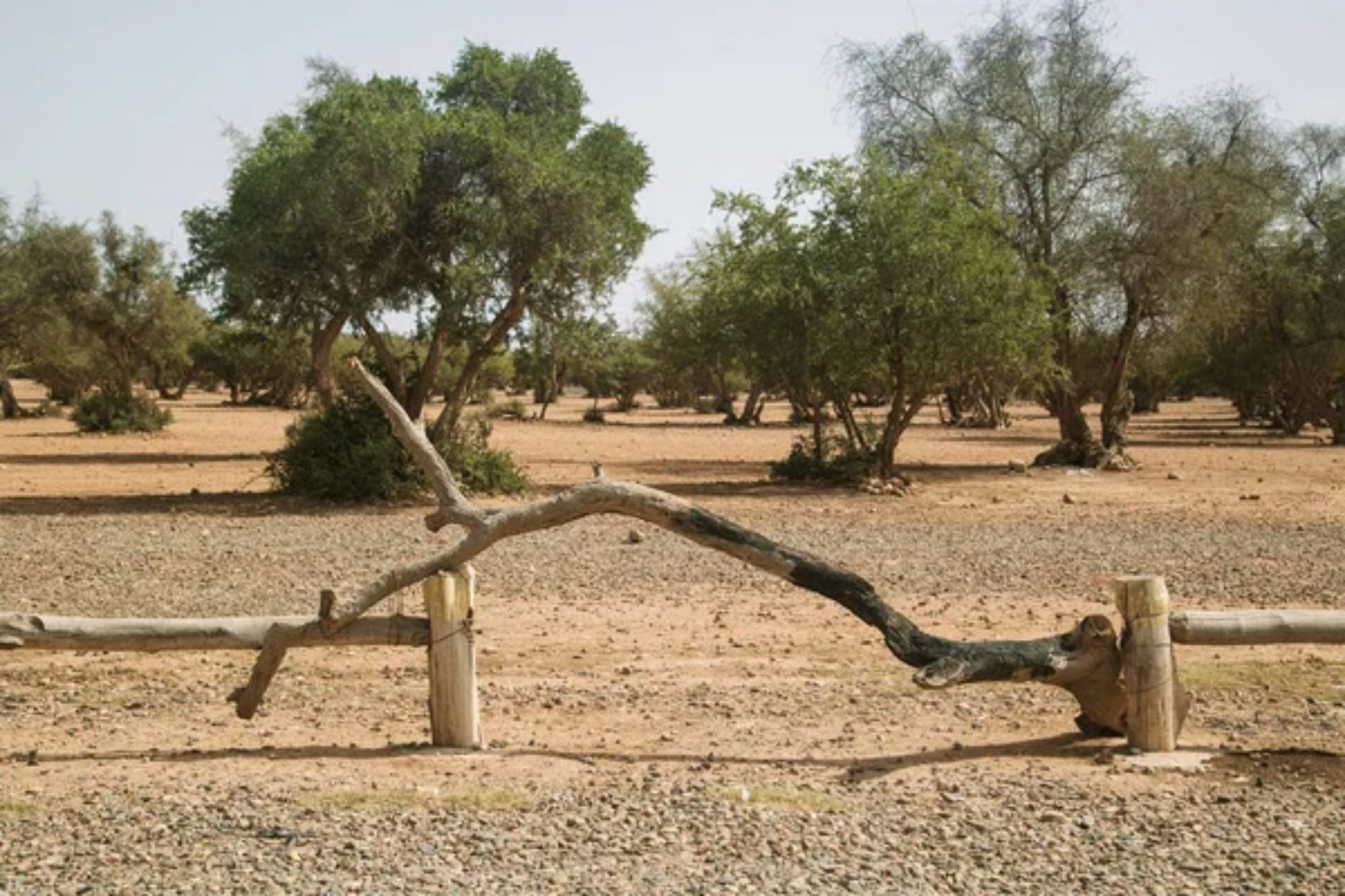
Threatened argan trees that almost uniquely thrive in southwest Morocco produce oil-filled nuts cherished around the globe for cooking and cosmetics. Locally based cooperatives of Berber women cultivate and process the nuts the old-fashioned way, cracking them using stones to extricate the valued kernels.
The oil obtained has a nutty flavor in food and very good skin-caring properties in cosmetics. Besides its economic value, the argan forests are success stories of sustainable development where traditional knowledge meets modern markets to preserve ecology and culture unaltered.
Festival Culture
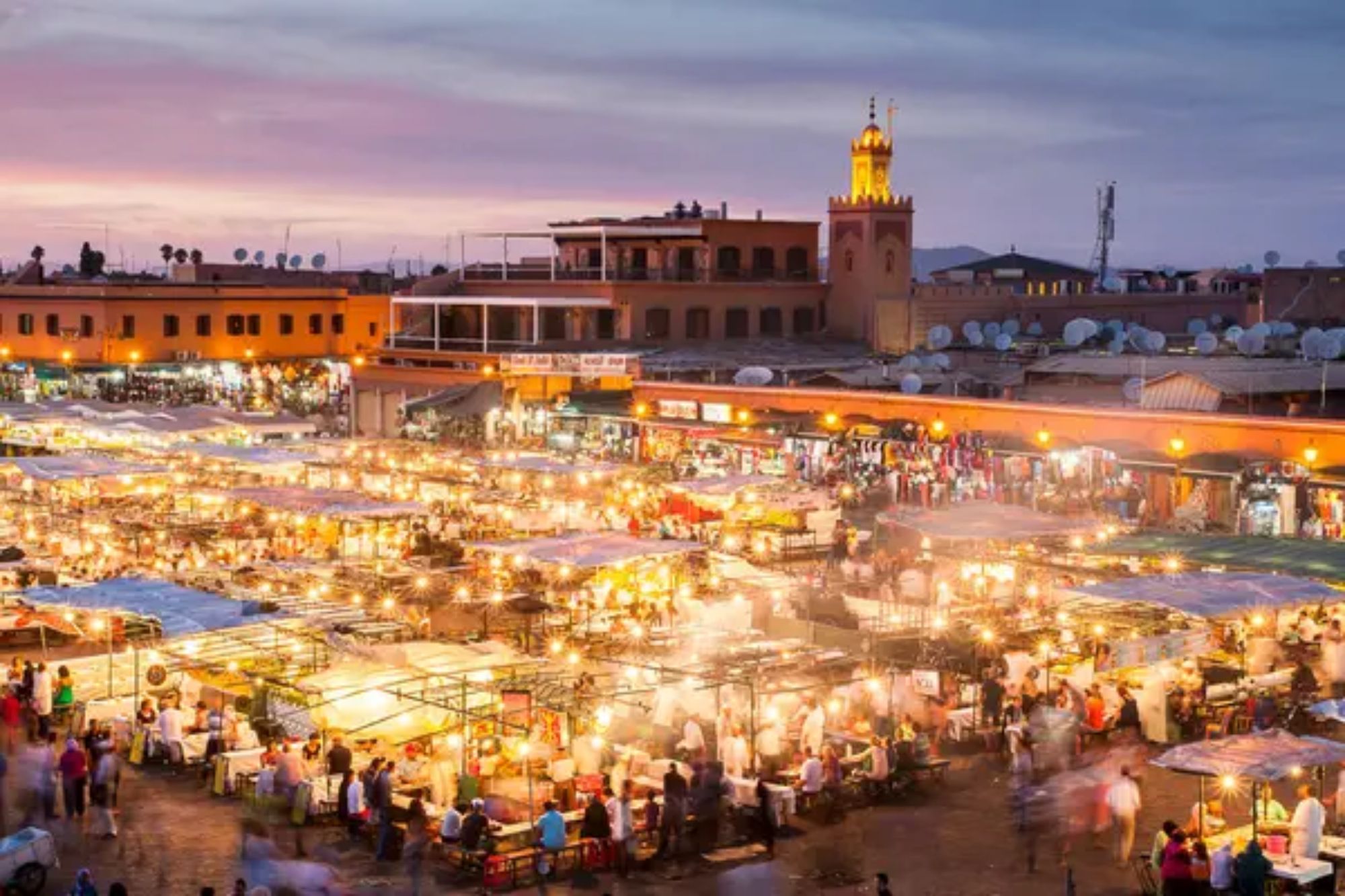
Morocco’s year is packed with festivals celebrating everything from wedding rituals to moussem (saint day) festivities. The Rose Festival at Kalaat M’Gouna blankets the town in a sweet wonderland feeling when damask rose harvesting every May goes into full production.
Musicians from all over Africa gather at Essaouira for the Gnaoua World Music Festival, and Fez’s old medina sees world sacred music traditions. Such celebrations turn public spaces into open-air theaters in which tourists can receive exposure to the entire range of Moroccan practices.
Stargazing Skies
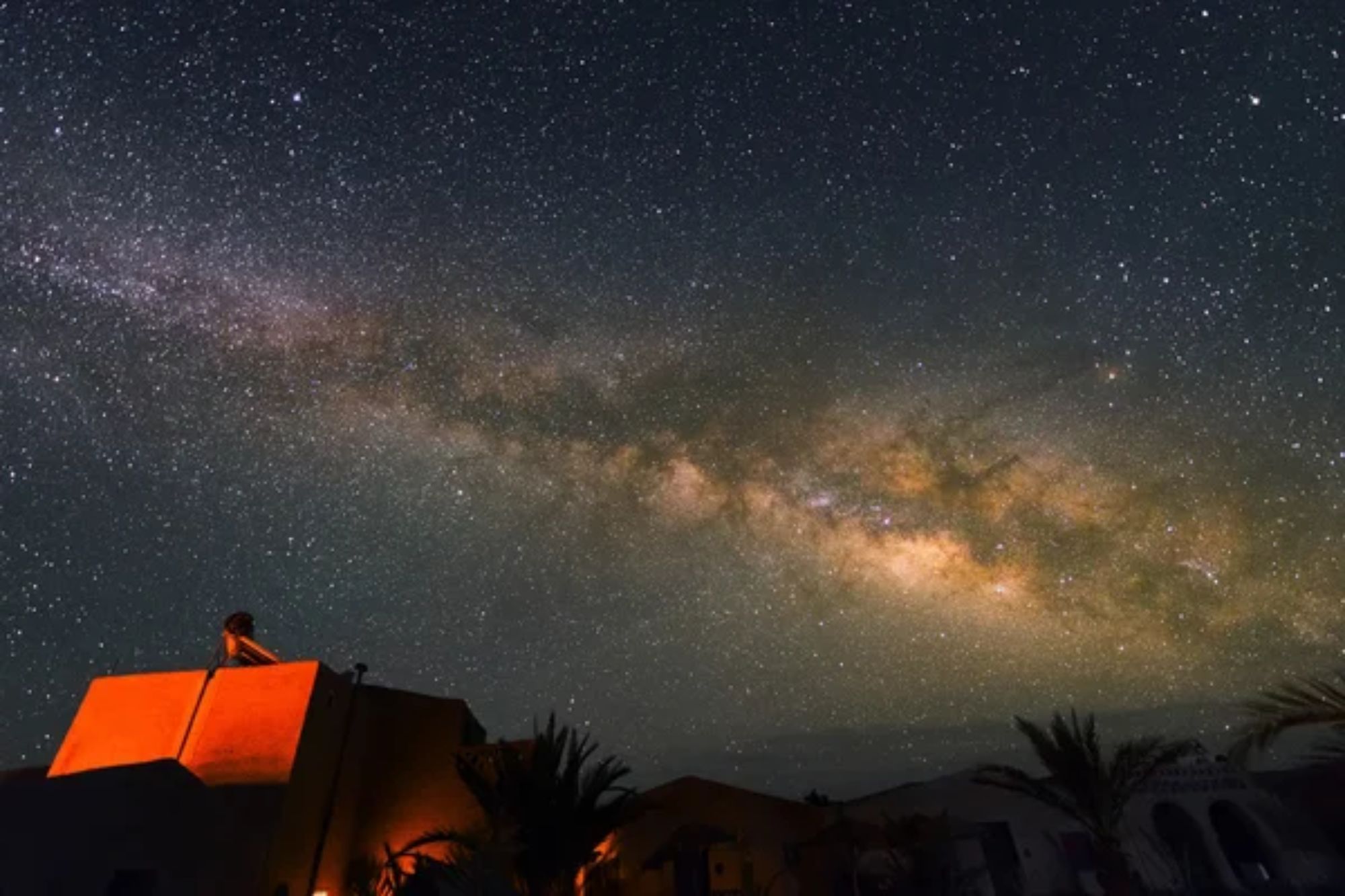
The clear desert air of south Morocco provides astronomically optimal conditions for viewing the night sky, attracting stargazers from all over the world. Far removed from the taint of city lights, the Sahara provides unfettered panoramas of astronomical events, shooting stars, and the dazzling arcing of the Milky Way.
Berber guides share centuries-old navigation techniques employed by generations of desert nomads to traverse apparently featureless ground. The desert’s profound stillness contributes to this experience, creating moments of connection with the infinite that many tourists find spiritually transformative.
Like Travel Pug’s content? Follow us on MSN.
The Eternal Magic of Morocco
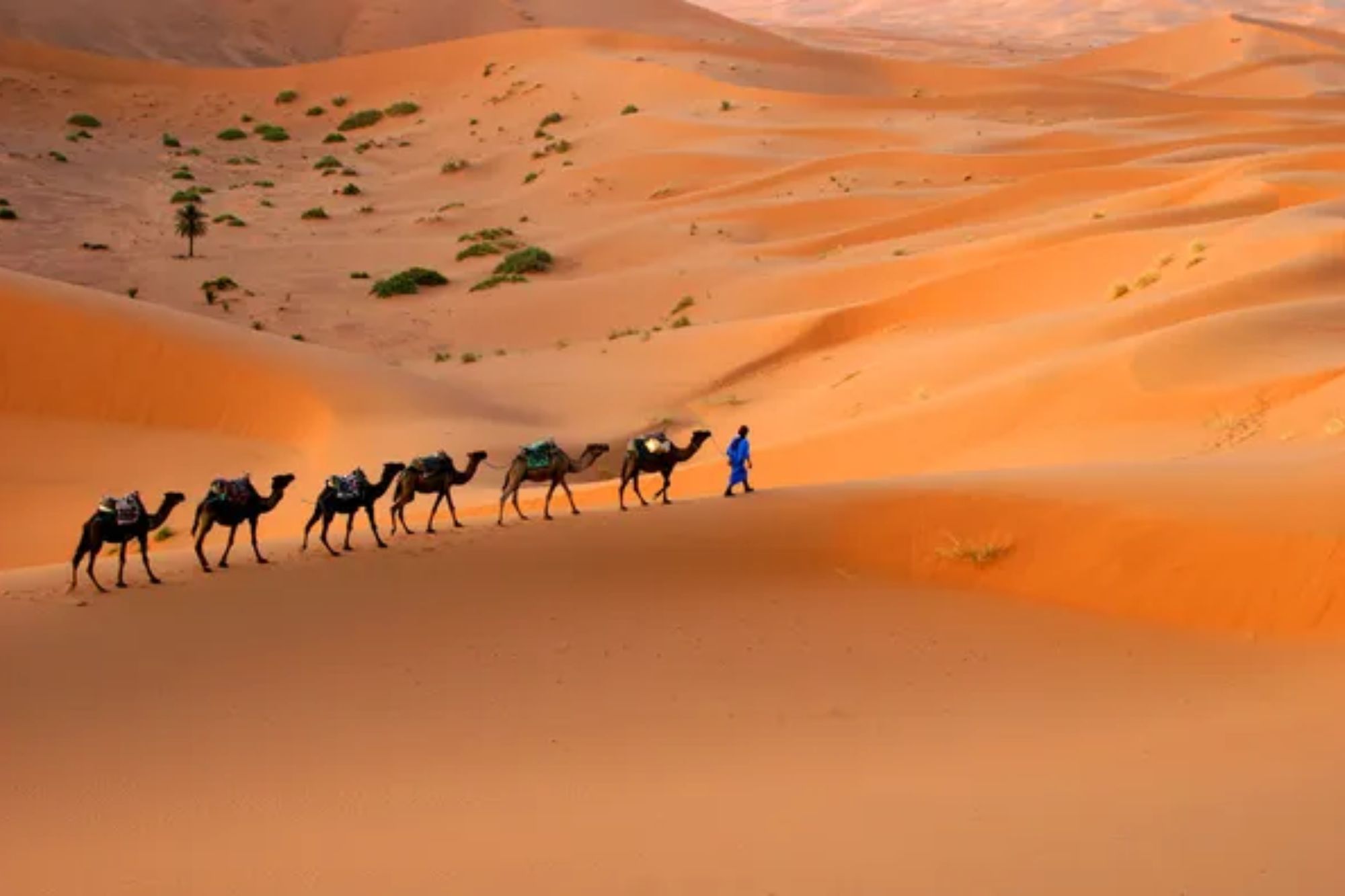
Morocco’s magic lies in its ability to be simultaneously timeless and utterly alive. The medinas that once received camel caravans now buzz with smartphones alongside centuries-old commerce.
Time-tested construction techniques from ancient times still shape contemporary Moroccan architecture used today in luxury hotels and residences all over the world. The profuse sensory engagement of Morocco—colors, aural impressions, and spices—is an experience which transforms visitors to Morocco, without merely amusing them.
For adventurers seeking something beyond ordinary tourism, Morocco remains one place where fantasy is actualized in a riotous blend of sensory delight left in memory for years after leaving.
More from Travel Pug

- Cities Growing so Fast You Won’t Recognize Them in 10 Years
- 13 Destinations Where Tourists Regularly Regret Their Trip
- 20 Obscure WWII Sites Even History Buffs Don’t Know About
- 10 Under-the-Radar Mountain Towns That Are Both Affordable and Beautiful
- 20 Abandoned Places That Feel Like Real-Life Post-Apocalyptic Movie Sets
Like Travel Pug’s content? Follow us on MSN.
